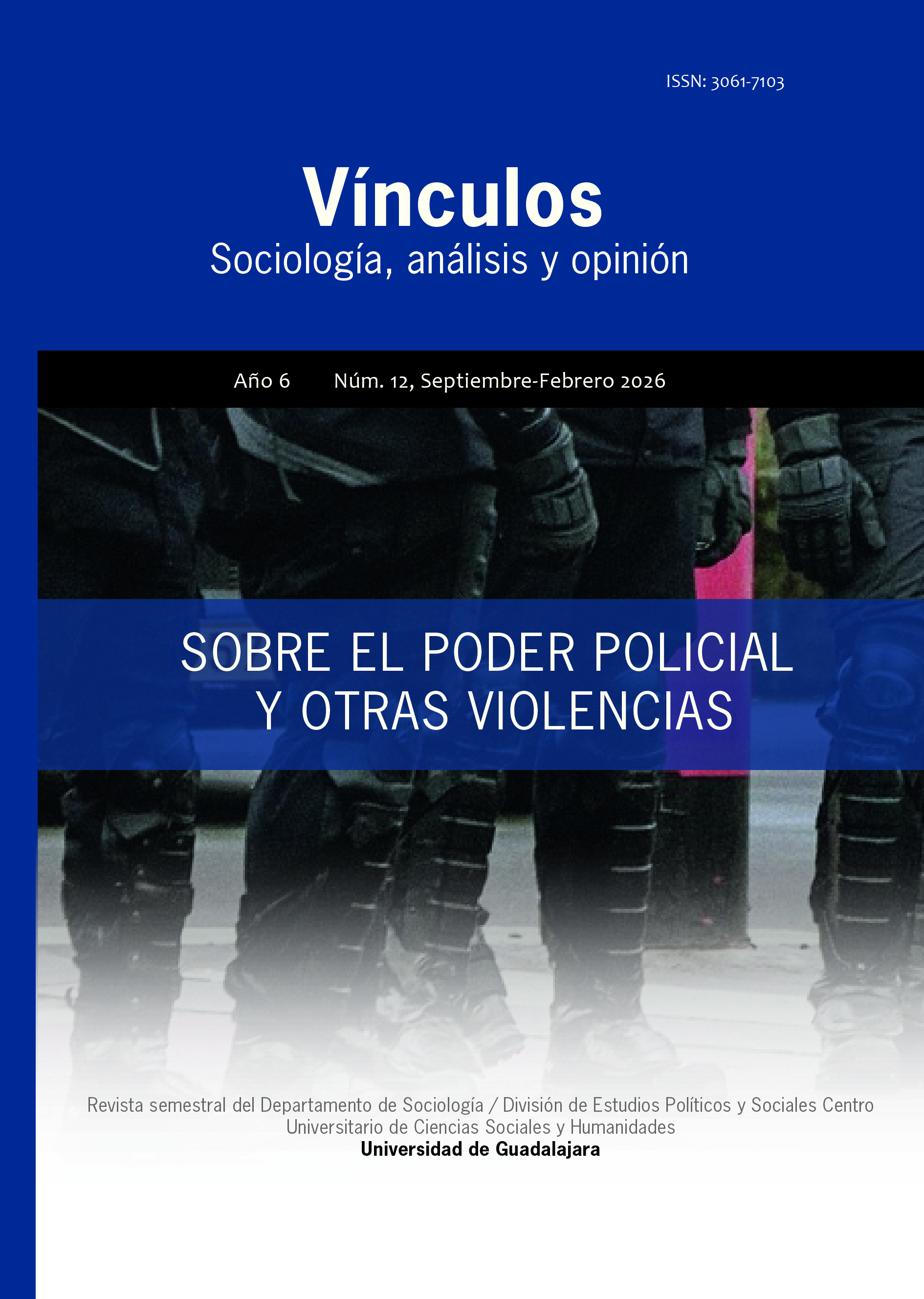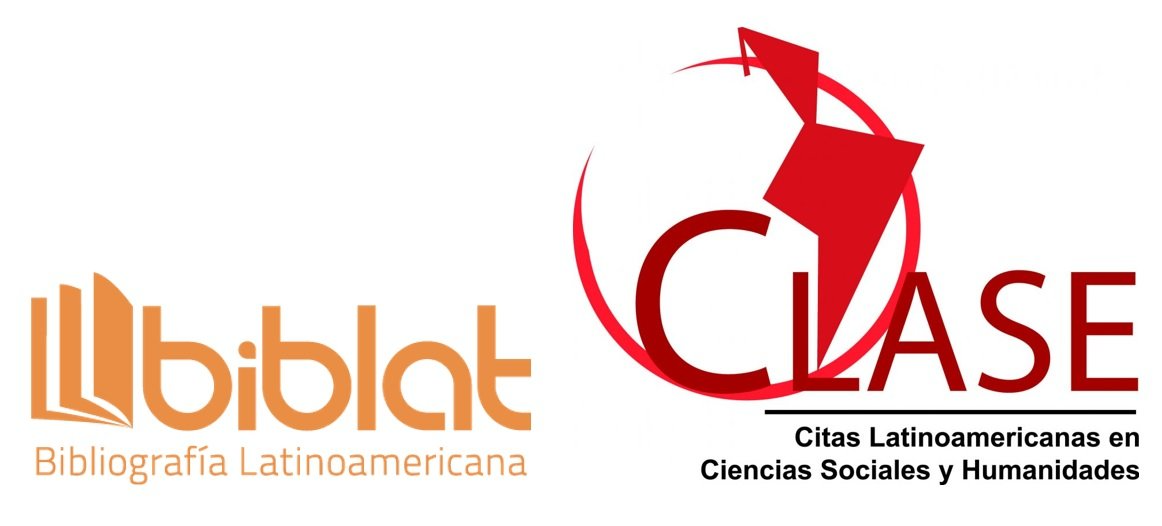Police Ocularcentrism: The Visual Fabrication of Order and Symbolic Violence
DOI:
https://doi.org/10.32870/vsao.v6i12.7741Keywords:
police, police visuality, archive, violence, corpse, counter-visualityAbstract
This article examines police visuality as a regime of symbolic production that legitimizes structural forms of violence in contemporary Mexico. Through a genealogy that connects state photographic archives—from the Casasola collection to the digital circulation of images depicting victims of violence—the study analyzes how police ocularcentrism transforms the corpse into a communicational device that organizes, disciplines, and dehumanizes. The repetition of violent imagery does not generate memory but rather produces affective saturation and organized indifference. The argument advances the need for a counter-visuality capable of dismantling the police version of history by contesting the frameworks of what can be seen, narrated, and mourned. Rather than treating violent imagery as mere residue, the article proposes reading it as a battlefield where the conditions of the livable and the thinkable are continuously negotiated.Published
Versions
- 2025-09-12 (2)
- 2025-09-11 (1)





